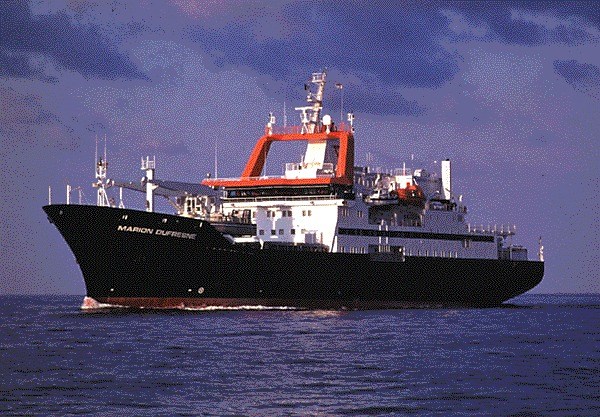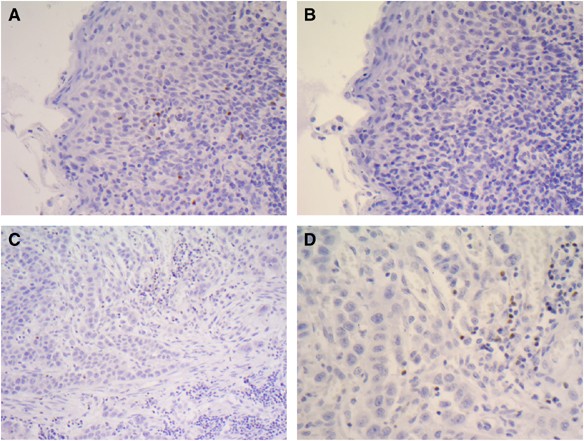
- Select a language for the TTS:
- UK English Female
- UK English Male
- US English Female
- US English Male
- Australian Female
- Australian Male
- Language selected: (auto detect) - EN
Play all audios:
Access through your institution Buy or subscribe Much of humankind's development as an agrarian and then industrial society has occurred during the current Holocene interglacial period,
a roughly 9,000-year stretch of anomalously mild and stable climate (although it may not seem so at times). In geological time, such conditions are a rarity, and they can by no means be
taken for granted. Hence the interest in finding out how stable interglacials really are, and what processes might act to bring them to a sudden close. On page 154of this issue1 Adkins and
colleagues present one of the most detailed pictures yet of ocean conditions during the previous interglacial. Using a new geochemical approach to sediment dating (see box, overleaf), they
first show that the interval during which global ice volume was comparable to or less than today's lasted from about 129,000 to 119,000 years ago. They then show that the ‘conveyor
belt’ circulation which today carries ocean heat north from the tropics and warms much of Europe remained strong and relatively steady throughout the interval. Most interestingly, they also
find evidence that the onset of ice growth marking the end of the interglacial was accompanied by a sudden reduction in conveyor circulation, which took only 400 years and from which the
climate system apparently never recovered. This is a preview of subscription content, access via your institution ACCESS OPTIONS Access through your institution Subscribe to this journal
Receive 51 print issues and online access $199.00 per year only $3.90 per issue Learn more Buy this article * Purchase on SpringerLink * Instant access to full article PDF Buy now Prices may
be subject to local taxes which are calculated during checkout ADDITIONAL ACCESS OPTIONS: * Log in * Learn about institutional subscriptions * Read our FAQs * Contact customer support
REFERENCES * Adkins, J. F., Boyle, E. A., Keigwin, L. & Cortijo, E. _Nature_ 390, 154–156 (1997). Article ADS CAS Google Scholar * Alley, R. B. _et al._ _Nature_ 373, 393–394 (1995).
Article ADS CAS Google Scholar * Auby, B. & Tauber, H. _Nature_ 376, 27–28 (1995). Article ADS Google Scholar * Broecker, W. S., Peteet, D. M. & Rind, D. _Nature_ 315, 21–26
(1985). Article ADS CAS Google Scholar * Bond, G. _et al._ _Nature_ 365, 143–147 (1993). Article ADS Google Scholar * Boyle, E. A. & Keigwin, L. _Nature_ 330, 35–40 (1987).
Article ADS CAS Google Scholar * Keigwin, L. D. & Jones, G. A. _J. Geophys. Res_. 99, 12397–12410 (1994). Google Scholar * Sarnthein, M. & Tiedemann, R. _Paleoceanography_ 5,
1041–1055 (1990). Google Scholar * Oppo, D., Horowitz, M. & Lehman, S. J. _Paleoceanography_ 12, 51–63 (1997). Google Scholar * Keigwin, L. D. _Science_ 274, 1504–1508 (1996). Google
Scholar * Andrews, J. T. & Barry, R. _Annu. Rev. Earth Planet. Sci_. 6, 205–228 (1978). Google Scholar * North, G. R. _J. Atmos. Sci_. 41, 3390–3395 (1984). Google Scholar * Suman, D.
O. & Bacon, M. P. _Deep Sea Res_. 36, 869–878 (1989). Google Scholar * Adkins, J. F., Boyle, E. A., & Keigwin, L. D. _EOS Trans. AGU_ 76, F282 (1995). Google Scholar Download
references AUTHOR INFORMATION AUTHORS AND AFFILIATIONS * Scott Lehman is in the Department of Geological Sciences and the Institute of Arctic and Alpine Research, University of Colorado,
Campus Box 450, Boulder, 80309, Colorado, USA Scott Lehman Authors * Scott Lehman View author publications You can also search for this author inPubMed Google Scholar RIGHTS AND PERMISSIONS
Reprints and permissions ABOUT THIS ARTICLE CITE THIS ARTICLE Lehman, S. Sudden end of an interglacial. _Nature_ 390, 117–119 (1997). https://doi.org/10.1038/36445 Download citation * Issue
Date: 13 November 1997 * DOI: https://doi.org/10.1038/36445 SHARE THIS ARTICLE Anyone you share the following link with will be able to read this content: Get shareable link Sorry, a
shareable link is not currently available for this article. Copy to clipboard Provided by the Springer Nature SharedIt content-sharing initiative



![[withdrawn] near miss with a track worker at llandegai tunnel](https://assets.publishing.service.gov.uk/media/6051d710d3bf7f0455a6e604/s960_Llandegai_tunnel.jpg)




